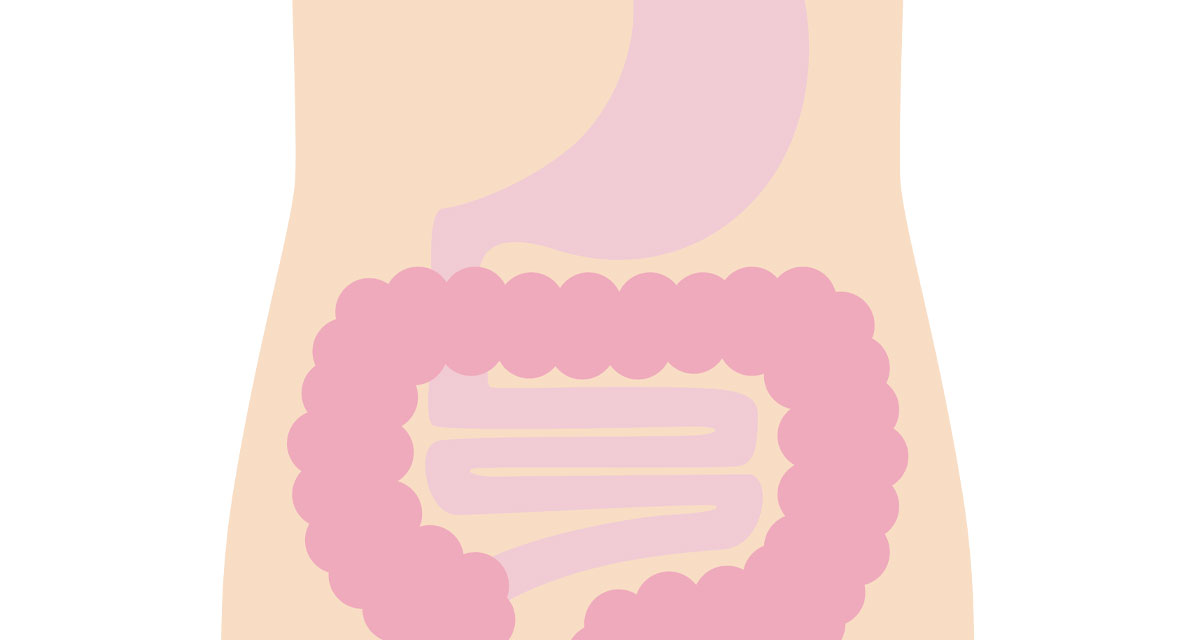“I’ll try anything to feel better. Anything.” On some days, individuals who suffer from gastrointestinal discomfort consume more supplements than food, hoping to achieve at least one area of a biological, chemical or emotional balance; however, the stomach is a complicated organ and needs much more than a one-treatment-fits-all approach. Resolving discomfort requires an understanding of two categories:
- What causes inflammation?
- What causes balance and healing?
Discovering the solution begins with creating a healthy terrain.
What is the Terrain Theory?
In the late 1800s, Claud Bernard discovered a context between trillions of human cells interacting with equal numbers of bacteria, fungi and viruses within the body. As a result, the internal environment or “Terrain Theory” determines our state of health. For example, the human body has complete control over whether a virus mutates into a bacterium and then matures into a yeast or fungal infection. Thanks to the continued study led by Antoine Bechamp, we understand a weak terrain needs nutrition, detoxification and a proper pH or acid/alkaline balance to eliminate external threats.
The Root of the Problem
Healing the gut can seem like an overwhelming undertaking. As stress compounds, food becomes an indulgent reaction. Most of our everyday staples can lead to gut inflammation. Examples include processed foods, dairy, corn, gluten, meat, soy, peanuts, coffee, alcohol and refined sugars. Elimination of allergens will give our body the chance to heal while learning about the right foods or ingredients to avoid.
Inoculate
The goal of health strives to prevent disease; however, balancing the acids and enzymes in our stomach is how we can rebuild it with good bugs and bacteria! Consider lining your gut with prebiotics, probiotics and fermented foods, such as yogurt, pickles, kimchi, teas and miso. Adding microorganisms to your diet will help create a balance within the intestinal tract.
- Oligosaccharides, a prebiotic, are a type of carbohydrate naturally found in an array of plant foods, offering health benefits including a reduced appetite, improved immune system and improved gut health. These foods include bananas, leeks, kale, broccoli, garlic, onions, nectarines, watermelon, pears, blueberries, sour cherries, raspberries, cantaloupe and figs.
- Arabinogalactans are a natural compound found within the seeds, leaves, roots, fruit or sap of plants. Known to prevent colds and combat infections, it’s also beneficial to the gut. Soluble fiber sources are found in radishes, carrots, tomatoes, pears, apples, strawberries, cucumbers and in medicinal herbs – echinacea, turmeric, wild indigo and Angelica.
Herbs, Tried and True
Plants mistaken for weeds or pretty blossoms are often viable solutions to the ailments which we suffer. Perhaps not appreciated in the medical or pharmaceutical world, a lengthy list of medicinal herbs and spices catalyze good health in teas, sprinkled over meals or infused in oils for a topical application.
Calendula Flower Bud: As a diverse and gentle herb, calendula can improve digestion by reducing inflammation, detoxifying the body and fighting infections.
Chamomile Flower Bud: When the body feels pain, chamomile tea is the answer, especially before bed. While soothing digestive troubles, it reduces heartburn and acidity. Ideal for children and adults!
Fennel Flower Buds: A super herb to soothe digestion and reduce cravings, nausea, heartburn and diarrhea while boosting energy levels!
Ginger Root: As a warming digestive stimulant, ginger improves digestion and appetite. While removing toxins, it can enhance the immune system and prevent inflammation!
Marshmallow Root: Known for its anti-inflammatory properties offering cooling and soothing powers to coat the gut wall, marshmallow root is a mucilage that attracts water to form a viscous fluid, healing IBS, gastritis, peptic ulcers and heartburn.
Peppermint Leaves: As an antispasmodic, peppermint is a soothing herb known to relieve digestive pain, including gassiness and bloating, and enhance the appetite. Peppermint also has tannins, which help repair and protect the gut lining.
Plantain Leaves and Seeds: After a walk in the yard, you’ll find a narrowleaf or broad-leafed plantain weed with a tall stalk of clustered green or brown flowers. The English or ribwort plant is ideal for countering irritation and inflammation in the stomach and bowels, and healing through repairing damaged tissues. In addition, the seeds serve as a natural laxative.
Turmeric Powder: The powerful ancient spice is known to regulate and heal gut health during times of excessive acidity or stress, ease pain and prevent the risk of infection. (Consider adding organic turmeric powder and a pinch of black pepper to infuse in honey for topical or internal pain.)
Seventy percent of Americans live with a GI tract condition, but you don’t have to live with the discomfort. The right foods for nutrition and healing are primarily found in kitchen cupboards. Take time to discover what makes your gut happy and provides medicinal healing. With such a lengthy list of positive foods, you’ll likely find a diet that leads to a feeling of energy and wellness!























